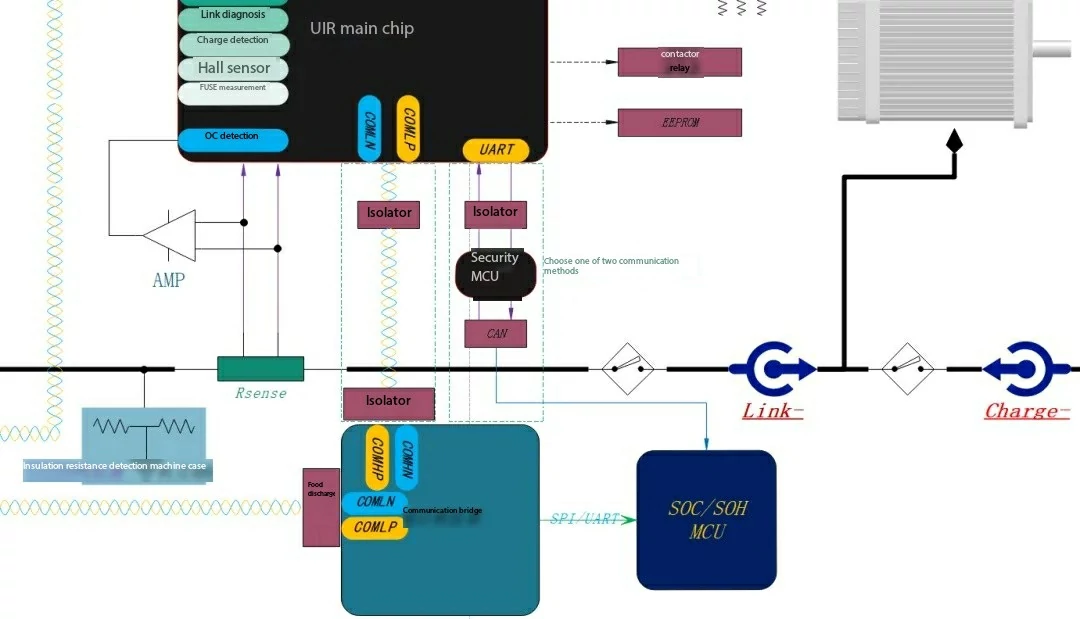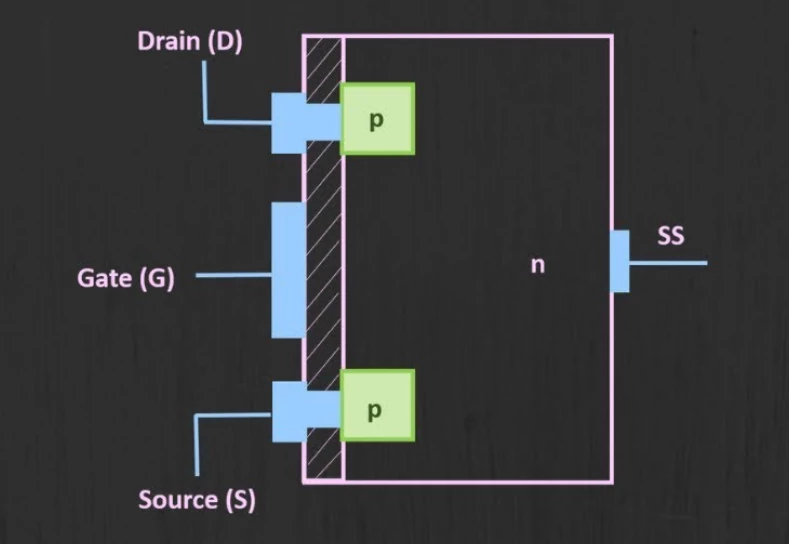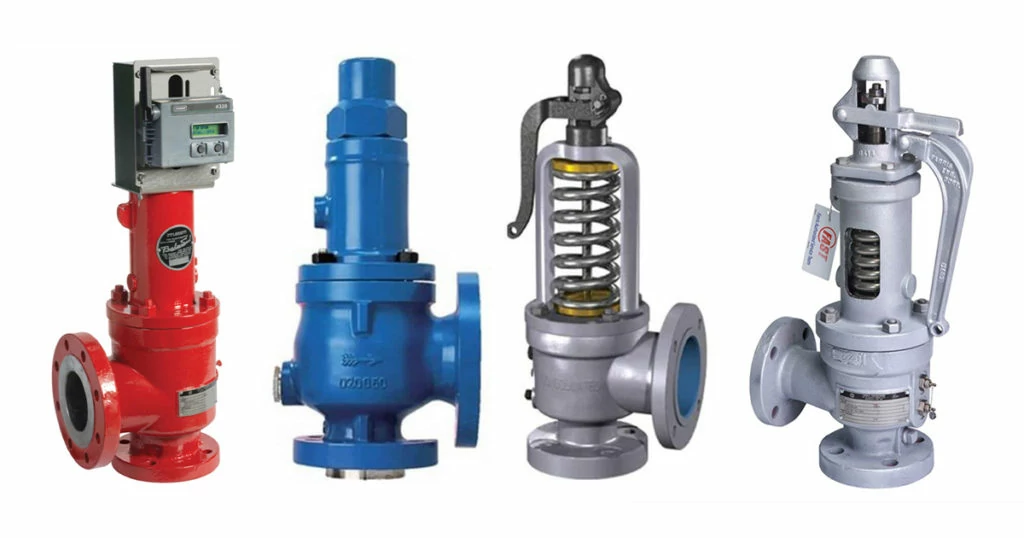BCU Introduction: The BCU is the brain of the BMS,...
Function analysis of battery pack housing
Battery pack housing is a key component in the battery system. It not only provides protection for the internal battery unit, but also affects the performance, life and safety of the battery pack in many aspects. With the development of electric vehicles, energy storage systems and various electronic devices, the design and function of battery pack housing become more and more important. This paper will deeply explore the main functions of battery pack housing and its importance in different application scenarios.
protection function
The primary function of the battery pack housing is to protect the battery cells inside. The battery may suffer from a variety of external shocks during operation, such as physical collision, vibration, moisture and chemical corrosion. The strength and toughness of the housing material can effectively prevent these external factors from causing damage to the battery cell. In addition, many battery pack housing design will also use a sealed structure to prevent moisture and dust intrusion, thereby extending the life of the battery.
thermal management function
The battery will generate heat during charging and discharging, and too high temperature will affect the performance and safety of the battery. The battery pack housing needs to have good thermal conductivity in order to dissipate heat quickly and keep the operating temperature of the battery within a safe range. Modern battery packs may have cooling holes, fins, or thermally conductive materials to improve heat dissipation and ensure that the battery does not overheat at high loads.
Structural support and installation
The battery pack housing provides the structural support for the battery unit, so that the whole battery pack can maintain stability in a variety of environments. The housing design usually takes into account how the batteries are arranged and fixed to ensure that the batteries do not move or get damaged under conditions such as vibration and impact. In addition, the shell will also be preset installation holes and connection ports to ensure that the battery pack can be easily connected to other devices.
safety protection function
As the energy density of batteries increases, safety issues become particularly important. The battery pack housing is usually designed with fire and explosion protection to improve the overall safety. Housing materials are also chosen with flame retardant properties in mind to prevent fire or explosion in the event of an accident or failure. In addition, some high-end battery systems have built-in pressure relief devices to cope with excessive internal pressure.
Insulation and electromagnetic interference protection
The battery pack housing needs to have good insulation properties to prevent current leakage and short circuits. In addition, they may also adopt anti-electromagnetic interference (EMI) design to reduce the impact of electromagnetic waves on surrounding electronic equipment and ensure stable operation of battery packs in complex electromagnetic environments. This feature is particularly important in electric vehicles and smart devices.
easy to maintain and replace
Good housing design should take into account the battery pack maintenance and replacement convenience. Some battery pack encloses have a modular design to facilitate battery removal and replacement. This design is particularly important in electric vehicles and large-scale energy storage systems, which can greatly reduce the time and cost of battery maintenance and replacement. This convenience also enhances the overall effectiveness and durability of the battery system.
environmental adaptability
The adaptability under different environmental conditions should also be considered in the design and material selection of the battery pack shell. For example, some shell materials can withstand high temperature, low temperature, corrosive climate, etc. Different application scenarios will require different material properties. With proper design, the battery pack housing can ensure normal operation in a variety of complex environments and is not affected by external conditions.
Conclusion
Battery pack housing plays an indispensable role in battery performance and safety, and its multiple functions ensure the stable operation and service life of the battery. With the advancement of technology, the design of battery pack housing will be more intelligent and efficient to meet the increasing market demand. Understanding the functions of battery packs is not only important for engineers who manufacture and design battery packs, but also helps consumers better understand and choose battery products.

Home energy storage product series
A lithium battery pack for home energy storage systems, which is compatible with solar panels and the sun The inverter can work together with the power grid to power household appliances, and it can also be used as a For off grid systems.
Extended reading
Introduction to enhanced MOSFET
Introduction to enhanced MOSFET what is an enhanced MOSFET Enhancement...
Valve-controlled relief valves
valve-controlled relief valves In industrial automation and all kinds of...
THE ESSC Brand promise
Global supply
Our products sell well all over the world, covering many countries and regions, through the global logistics network, to provide customers with convenient purchasing experience.
Rigorous quality
We adhere to the highest quality control standards to ensure every product meets industry regulations and customer expectations, earning trust through consistent excellence.
Excellent service
With a customer-centric approach, we provide prompt responses, professional support, and personalized services, aiming to deliver the best user experience and long-term value.


